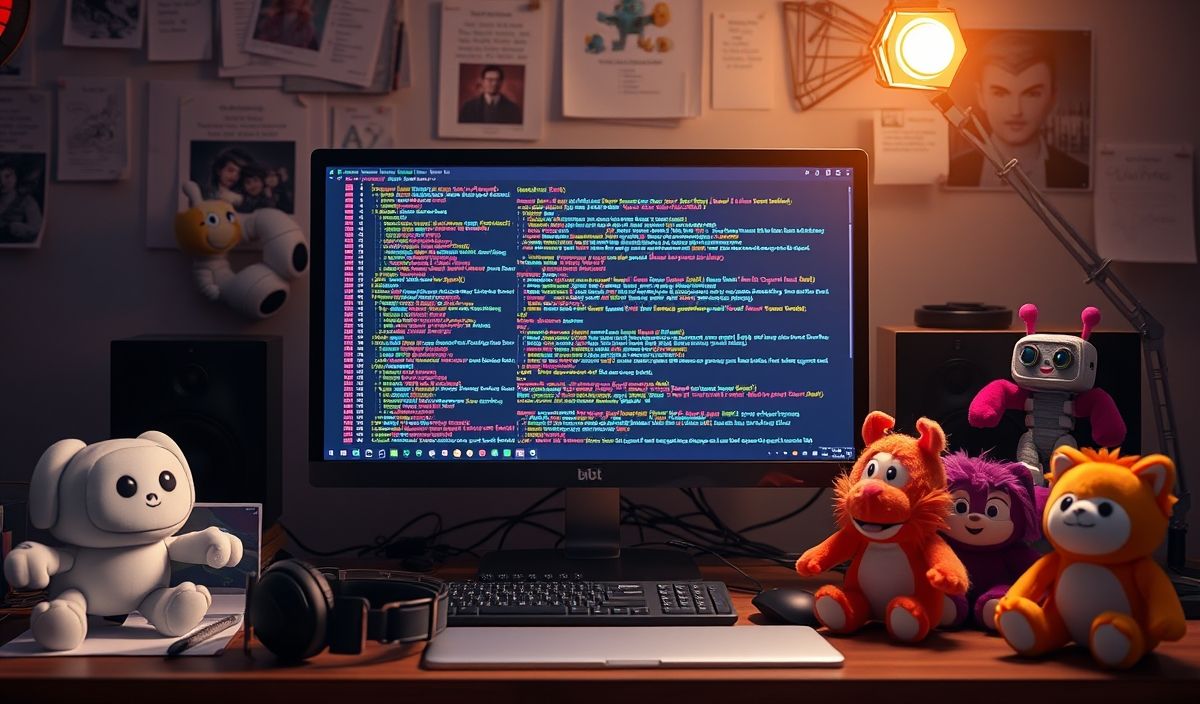Introduction to tinycss2
tinycss2 is a powerful and intuitive CSS parsing library in Python. It is designed to be a thin layer that lets you parse and serialize CSS efficiently, with a focus on performance and ease of use.
Getting Started with tinycss2
First, you need to install tinycss2:
pip install tinycss2Using the Parser API
tinycss2 offers APIs that allow you to parse different CSS components like stylesheets and declarations. Below are some common use cases:
Parsing a CSS Stylesheet
from tinycss2 import parse_stylesheet
css = '''
body {
background-color: #fff;
font-size: 14px;
}
.container {
width: 100%;
padding: 20px;
}
'''
rules = parse_stylesheet(css)
for rule in rules:
print(rule)
Parsing CSS Declarations
from tinycss2 import parse_declaration_list
declarations = '''
color: #333;
font-family: Arial, sans-serif;
margin: 0;
'''
decl_list = parse_declaration_list(declarations)
for decl in decl_list:
print(decl)
Parsing CSS Component Values
from tinycss2 import parse_component_value_list
values = '1px solid black'
components = parse_component_value_list(values)
for component in components:
print(component)
Serializing CSS
tinycss2 allows you to serialize CSS component values back into text:
from tinycss2 import serialize
components = parse_component_value_list('1px solid black')
css_text = serialize(components)
print(css_text)
Example Application
Let’s create a simple application that uses tinycss2 to parse and then modify the background-color property of a CSS rule:
from tinycss2 import parse_stylesheet, serialize
def change_background_color(css, new_color):
rules = parse_stylesheet(css)
for rule in rules:
if rule.type == "qualified-rule":
for decl in rule.content:
if decl.name == "background-color":
decl.value = parse_component_value_list(new_color)
return serialize(rules)
css = '''
body {
background-color: #fff;
font-size: 14px;
}
'''
new_css = change_background_color(css, '#000')
print(new_css)
This application demonstrates how you can manipulate CSS properties using tinycss2.
Hash: 718ff7bef3f80fbb518e31092d78b7ce78104a7bf0c9aeacf19215a574357a10




